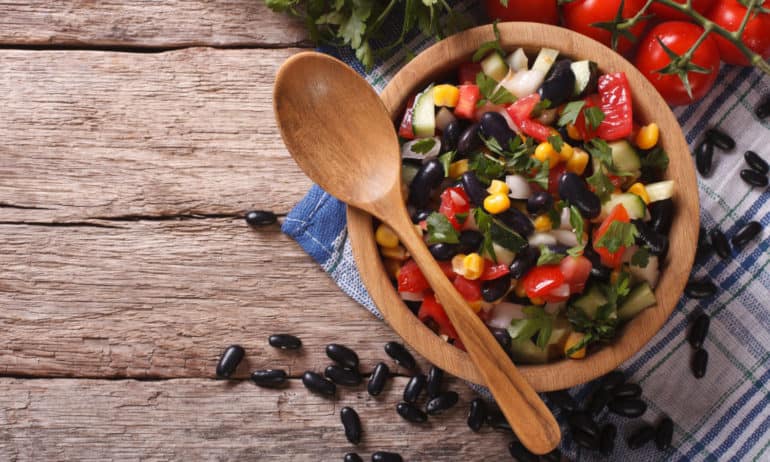In a Senate hearing about nutrition perspectives for the 2018 Farm Bill, policymakers discussed how to fix inaccuracies within the Supplemental Nutrition Assistance Program (SNAP).
Those who attended the hearing learned that some ineligible SNAP participants received funds that should go to lower-income peers, while some SNAP participants received more than the allotted amount reserved for their supplemental food budget. The margin of error is small, less than four percent based on 2014 data, but begs the question: How do we fix this problem?
Fighting poverty is never an easy task, but we should ensure efficiency and consistency run parallel in each state. After all, the SNAP program costs US$71 billion each year. Nearly 80 percent of the Farm Bill, which is up for reauthorization in 2018, and is funded by taxpayers.
As a health care provider, I value efficiency. I also value providing nourishing food to everyone—but especially to those in need. To qualify for food assistance, an individual must be at or just above the federal poverty level. This equates to a net monthly income of US$990 for a family of one or a gross annual salary of US$15,444. Everyone in this income bracket knows that in order to survive it’s essential to pinch pennies and stretch food dollars.
The challenge with efficiency is that some of the most inexpensive grocery products are the least nutritious. There are no limits for SNAP on products meant for consumption, outside of banning hot items or made-in-store entrées, and this creates a problem since one-third of SNAP purchases are spent on products we should limit or avoid: sweetened beverages, prepared desserts, oils, salty snacks, and high-fat cheeses. To complicate matters, almost half, or 44 percent, of SNAP participants are younger than 18. Vegetables, fruits, and beans make the short list, accounting for 13 percent of SNAP spending. These fiber-rich foods are essential for childhood growth and development. A healthful diet is also vital for optimal health and longevity.
For example, when people opt for two daily servings of fiber-rich fruit, like an apple, compared with having little to no fruit each day, they reduce the risk of stroke by 32 percent. When older adults add one or two cups of spinach to a diet void of leafy greens, their cognitive function matches someone who is 11 years younger. The Centers for Disease Control and Prevention find a healthful diet is associated with academic performance in the classroom. By making it easier for children to eat healthfully, we increase the chance that learning takes place.
Plus, eating vitamin-rich foods at every meal can triple nutrient intake among SNAP participants. Providing people with easy access to naturally colorful foods, in conjunction with nutrition education programs, can be a first step to fix health inequalities. Compared to higher-income peers, SNAP participants face a 19-percent increased risk of hypertension, or high blood pressure, and a 70-percent increased risk for type 2 diabetes. A nutrient-packed, plant-based diet halves the risk for both metabolic syndrome and type 2 diabetes. This way of eating may even reduce health care costs. The medical costs for type 2 diabetes, for example, are twice the amount for a patient who avoids the disease.
Marc Ramirez is an example of someone who put the science into practice. He grew up on federal food assistance but was able to control his health with an active lifestyle. He played football for the University of Michigan, but his eating habits caught up with him after college. Like his siblings and relatives, Marc thought he was destined to live a life that revolved around taking insulin and medications to control high blood pressure, elevated cholesterol, and type 2 diabetes. After adopting a plant-based diet, Marc eliminated the need for five daily medications and lost 23 kilograms (47 pounds). He only wishes he knew about a plant-based diet sooner.
According to online and telephone surveys, most SNAP participants and the general public support a SNAP program that favors and incentivizes healthful food purchases while limiting unhealthful foods, like sugary beverages. While adding money to a multi-billion dollar program is likely unpopular among fiscally conservative policymakers, we can meet in the middle and limit SNAP benefits to foods rich in vitamins, fiber, and phytochemicals instead of empty calories. Empowerment is key.
As we discuss ways to improve the efficacy of the 53-year-old SNAP program, I hope we vote with our hearts and minds. Making the healthiest choice the easiest choice should be a top priority, especially for those in need.













